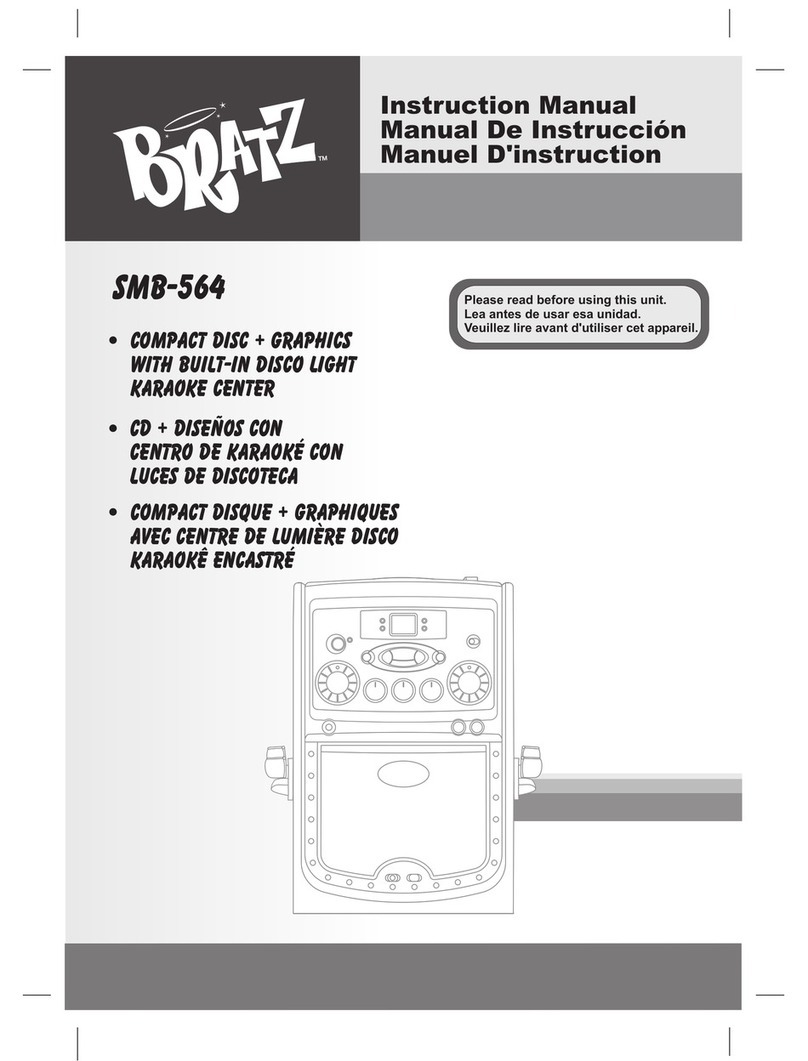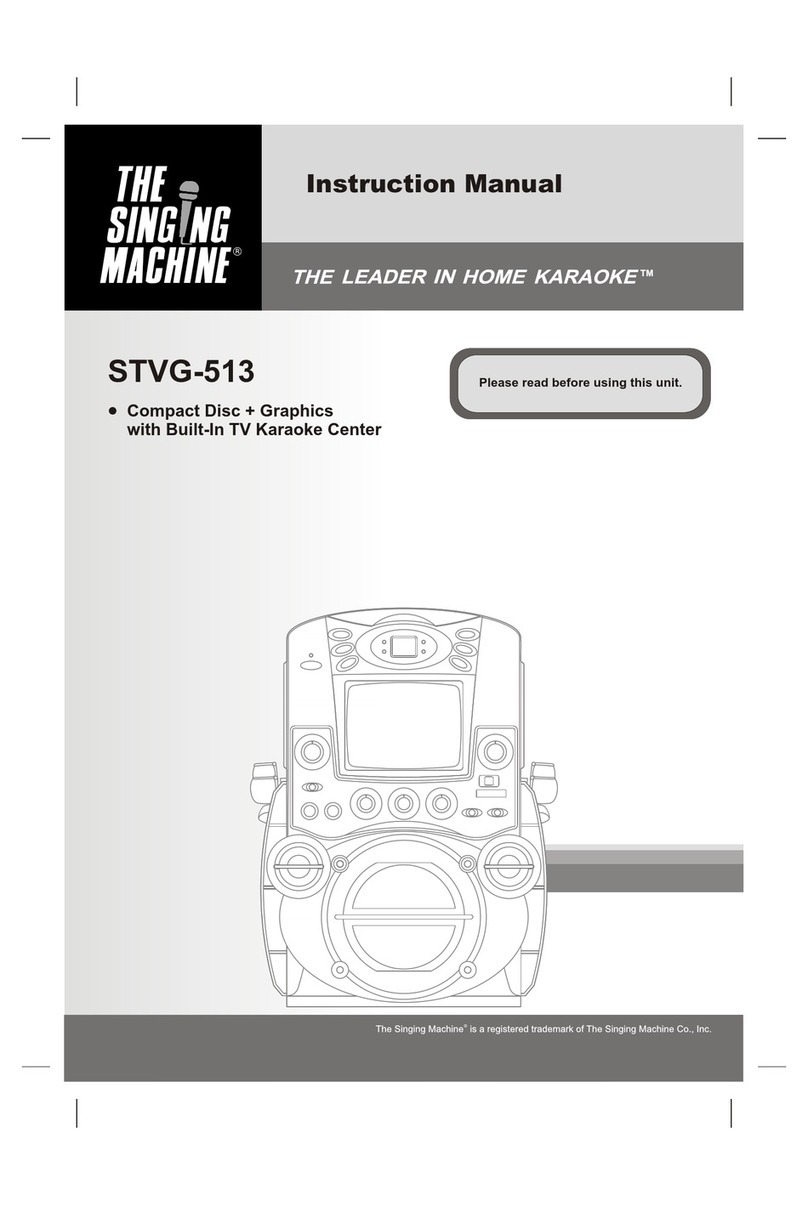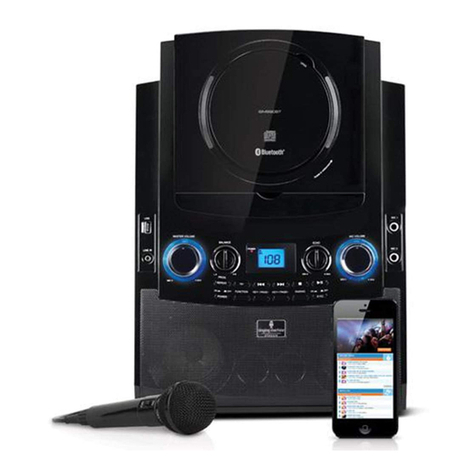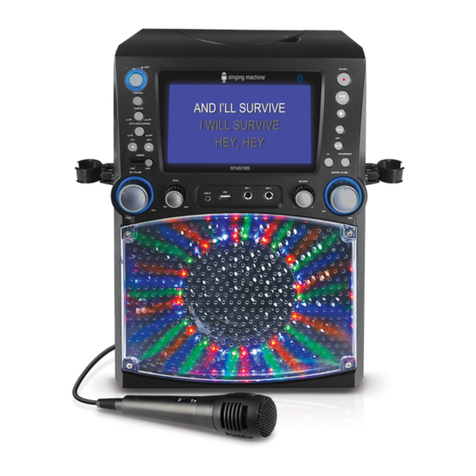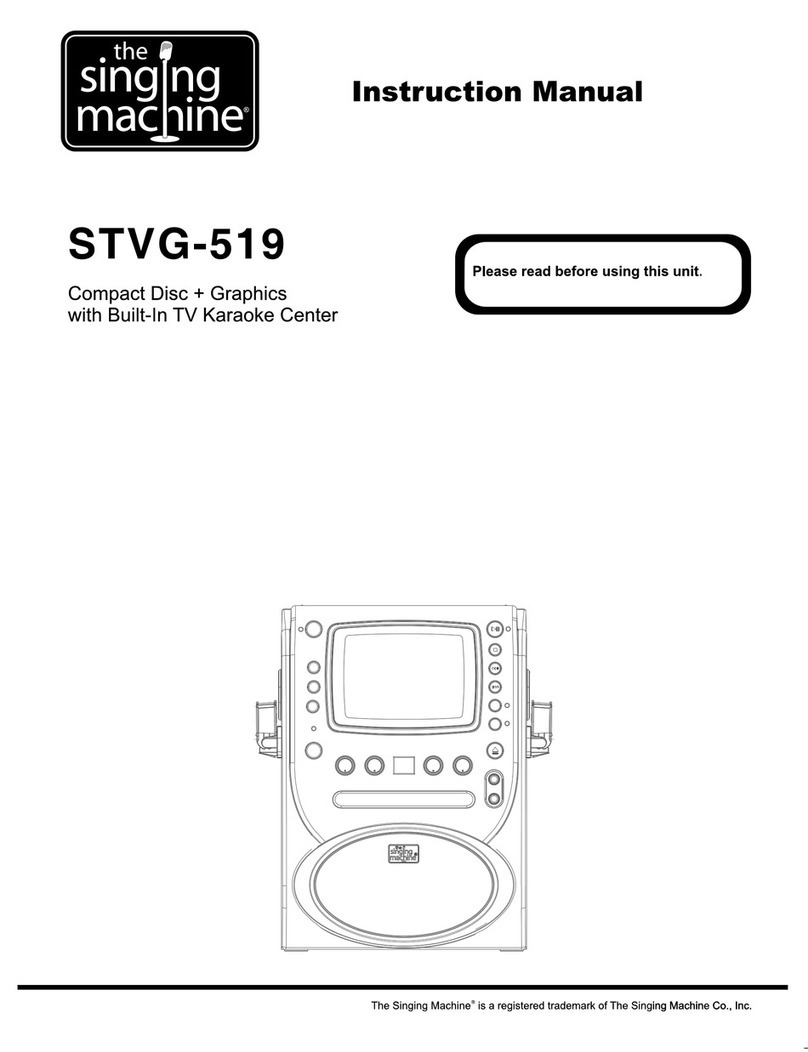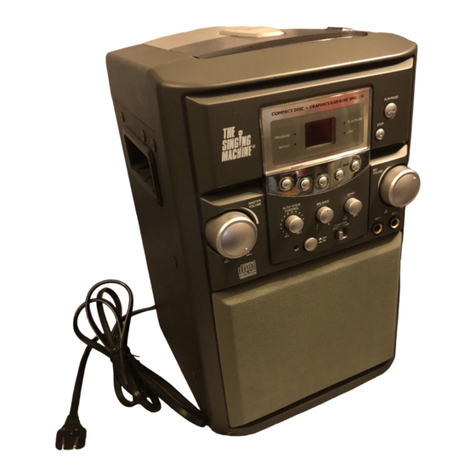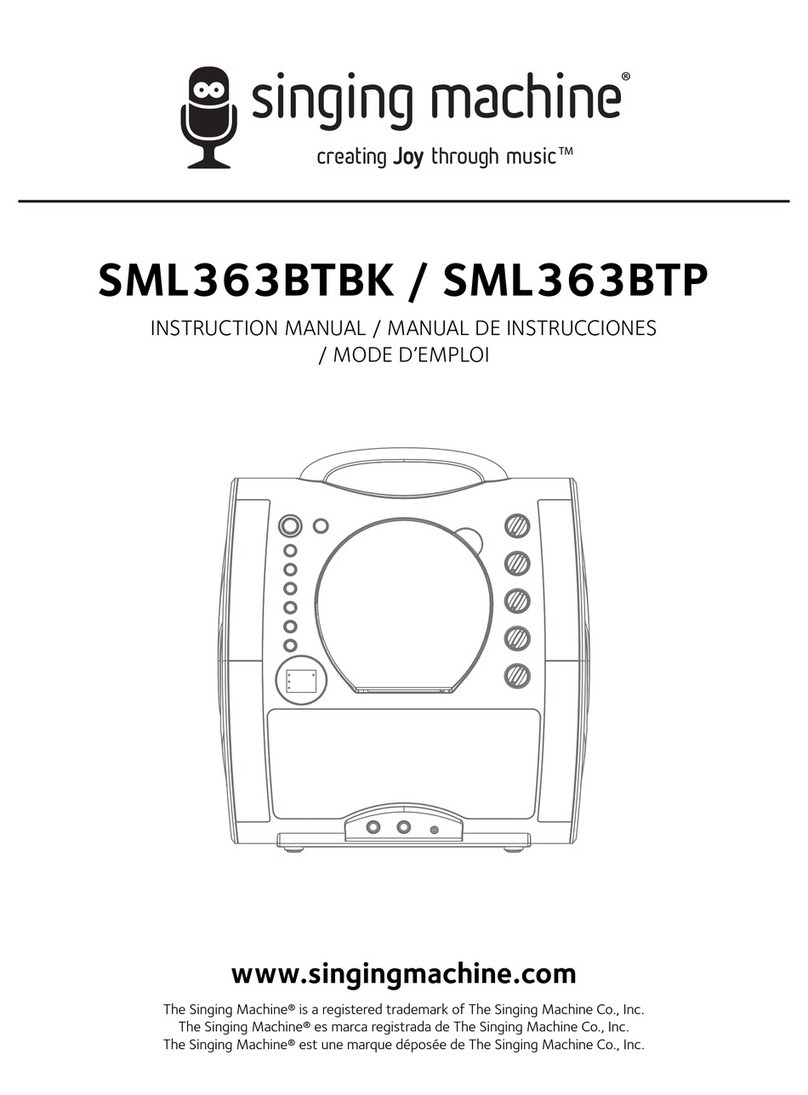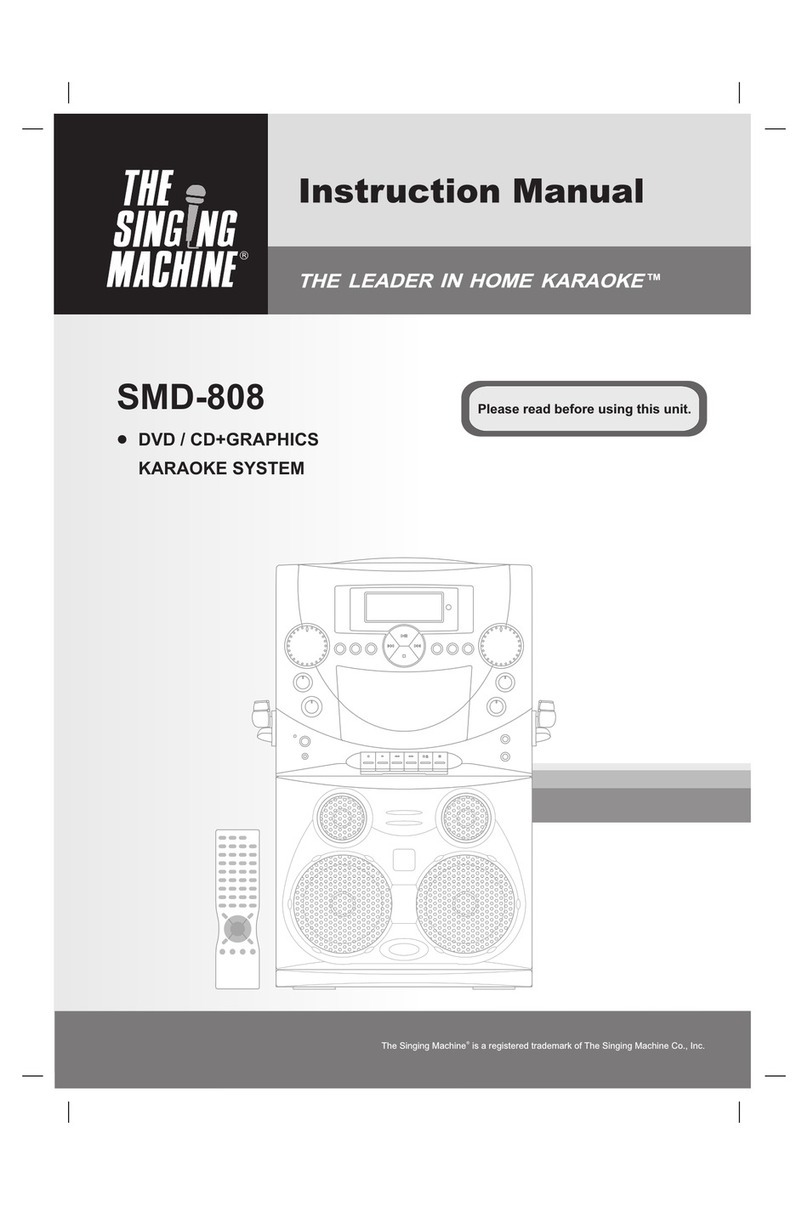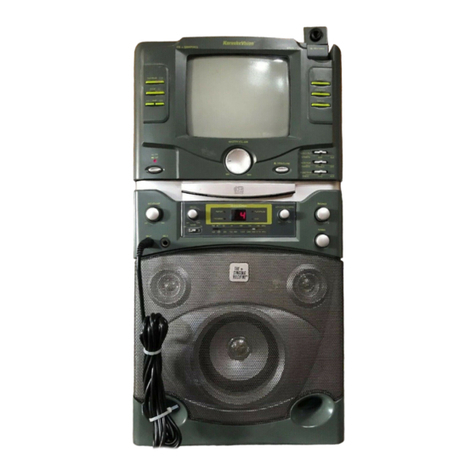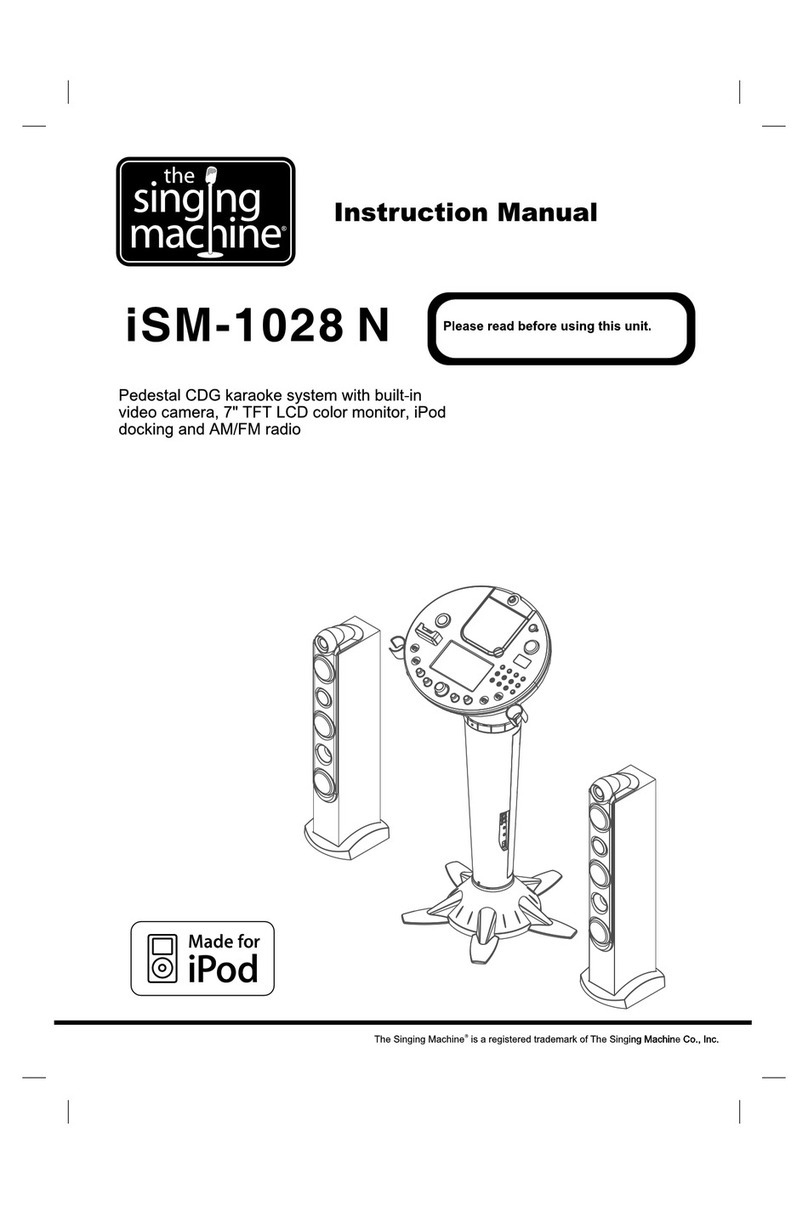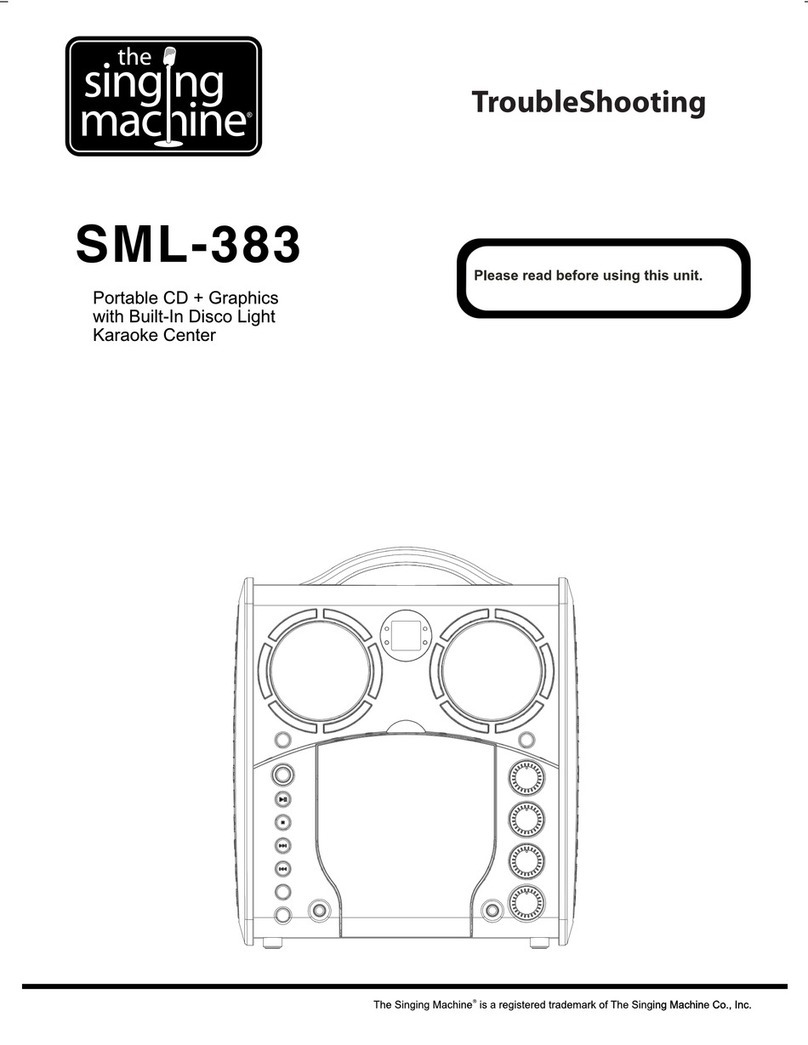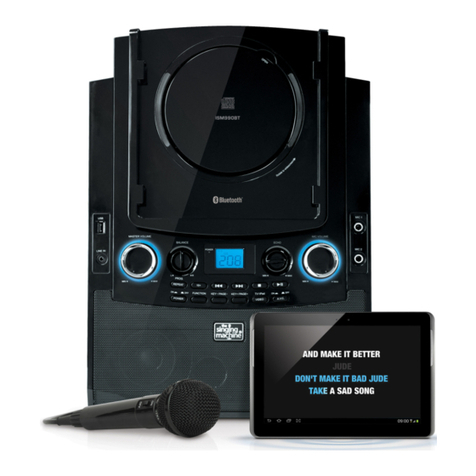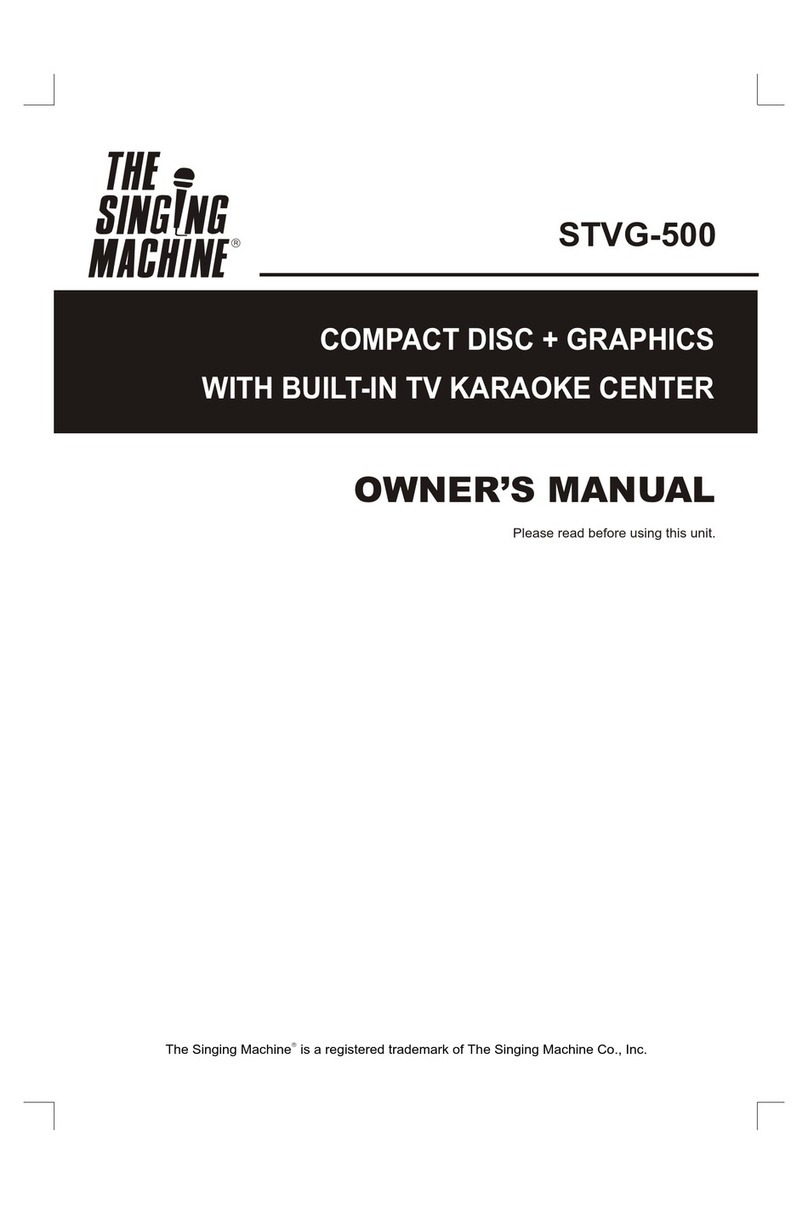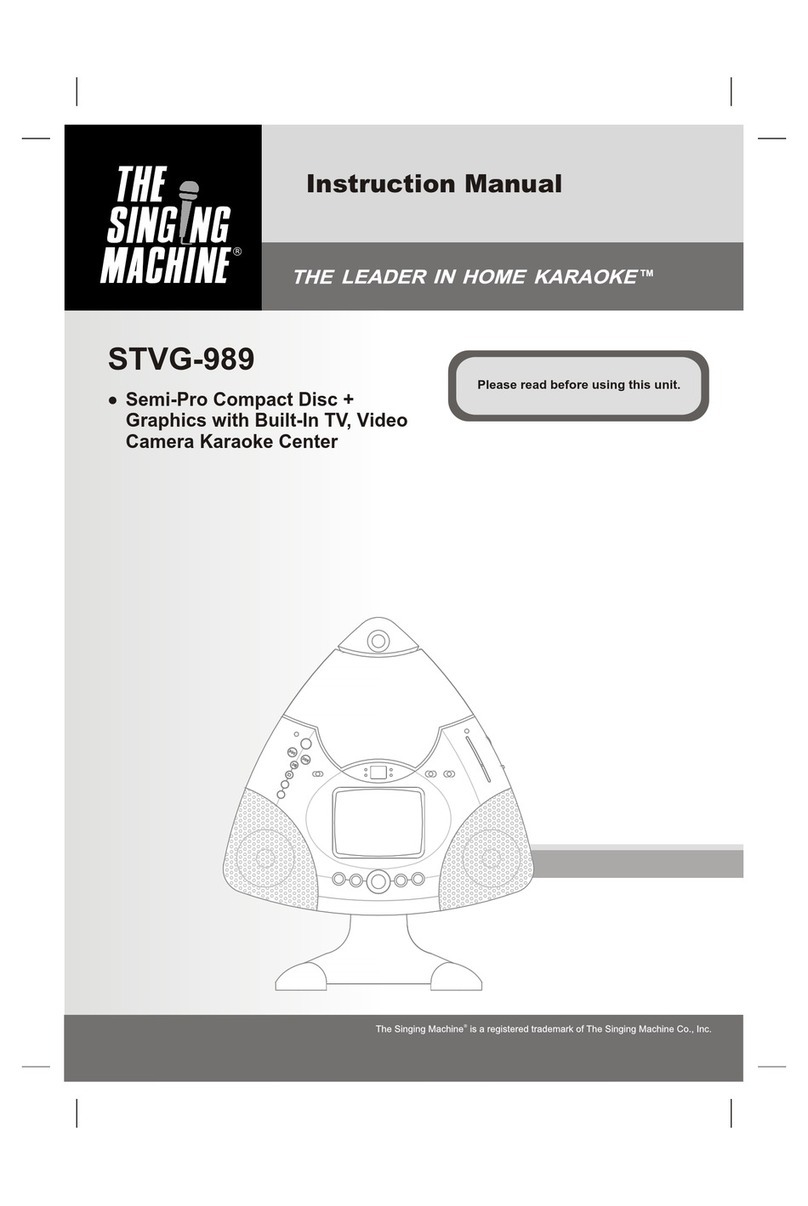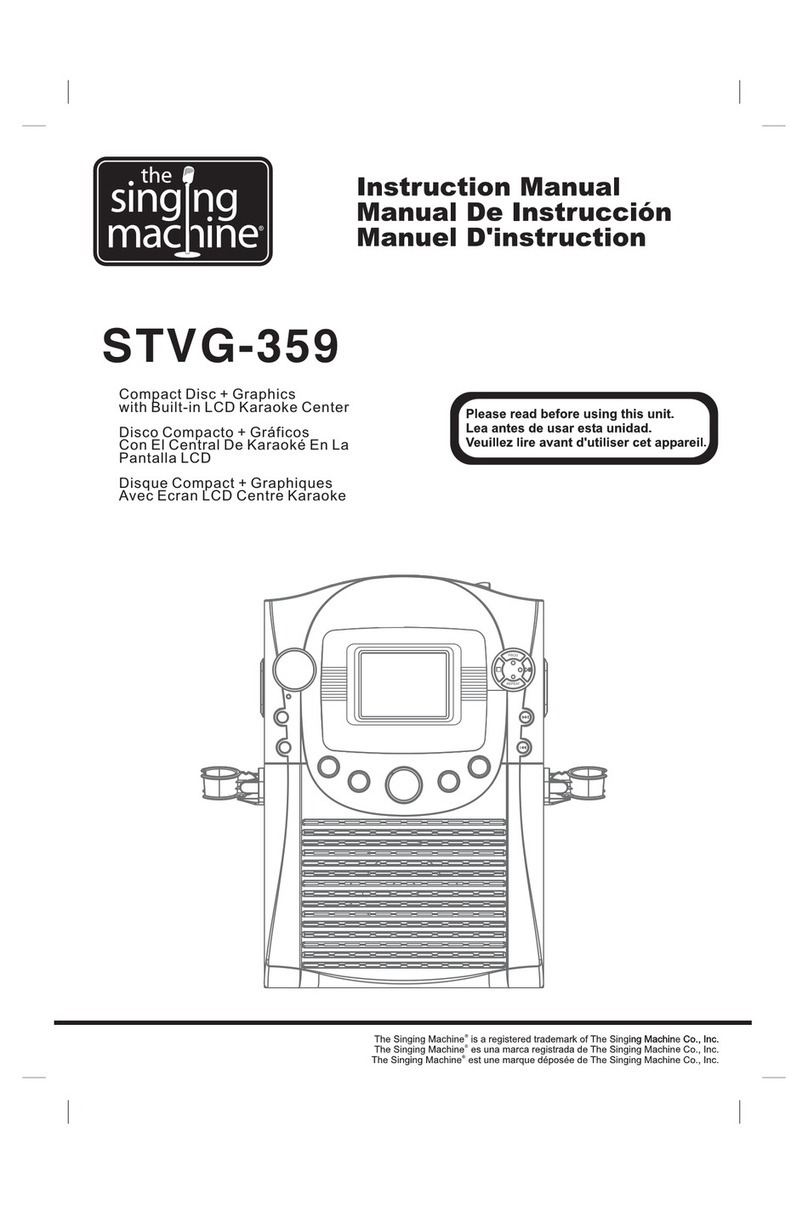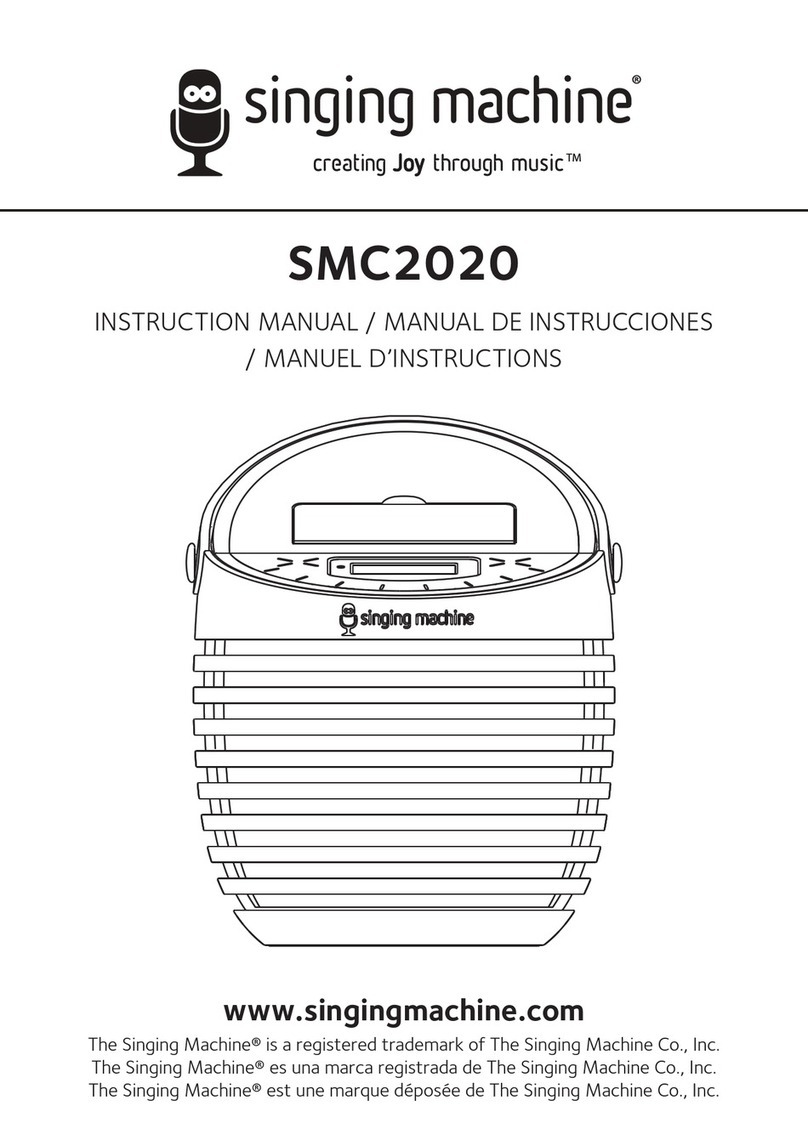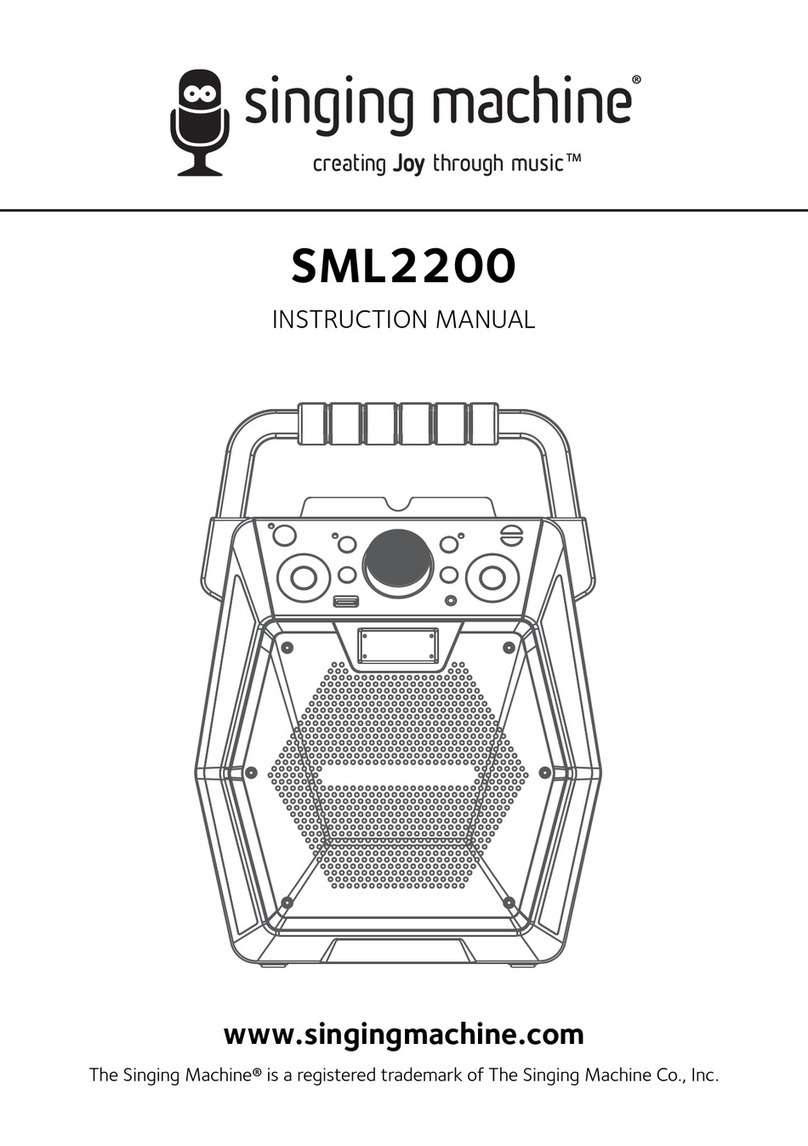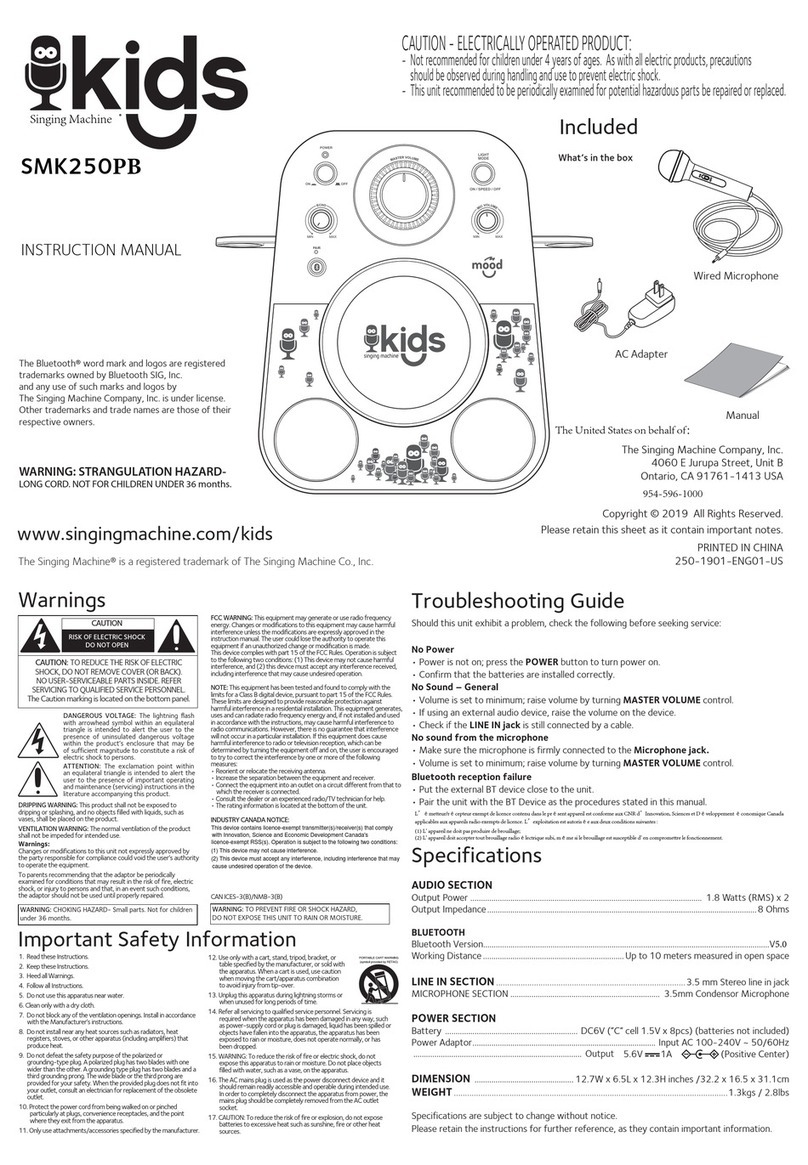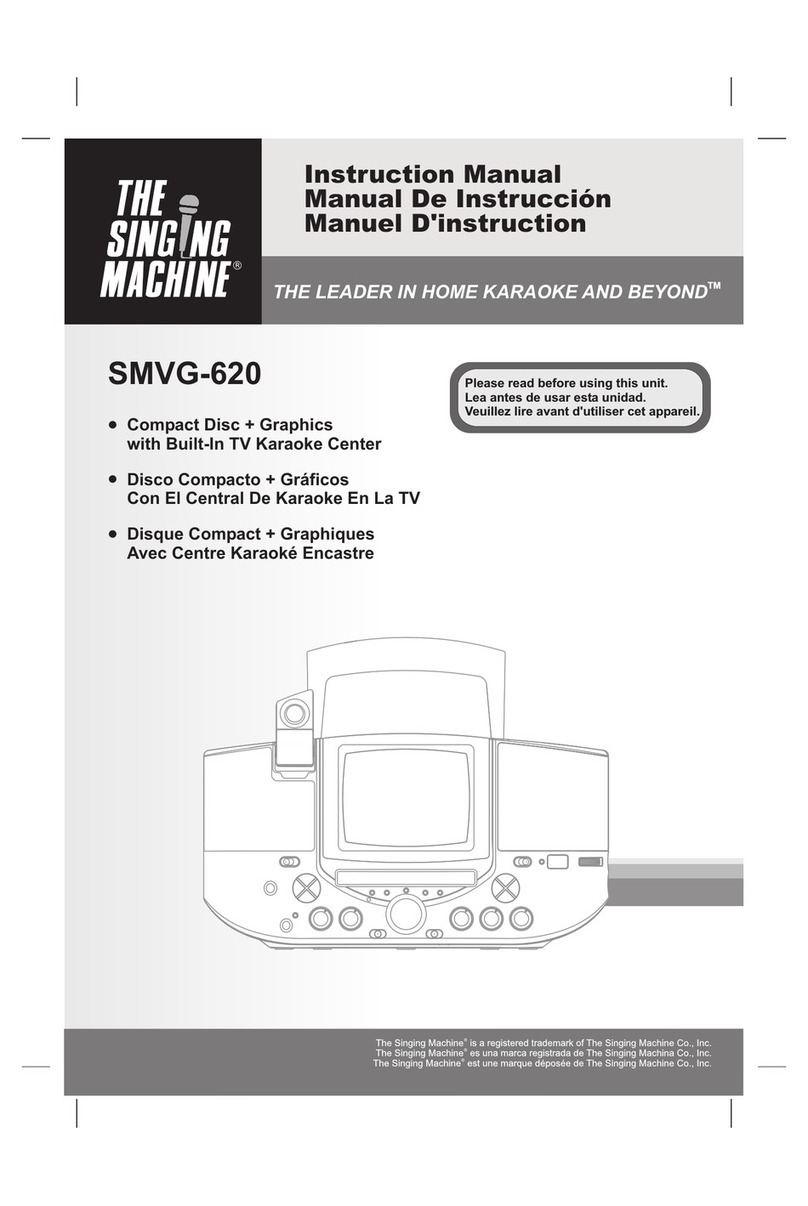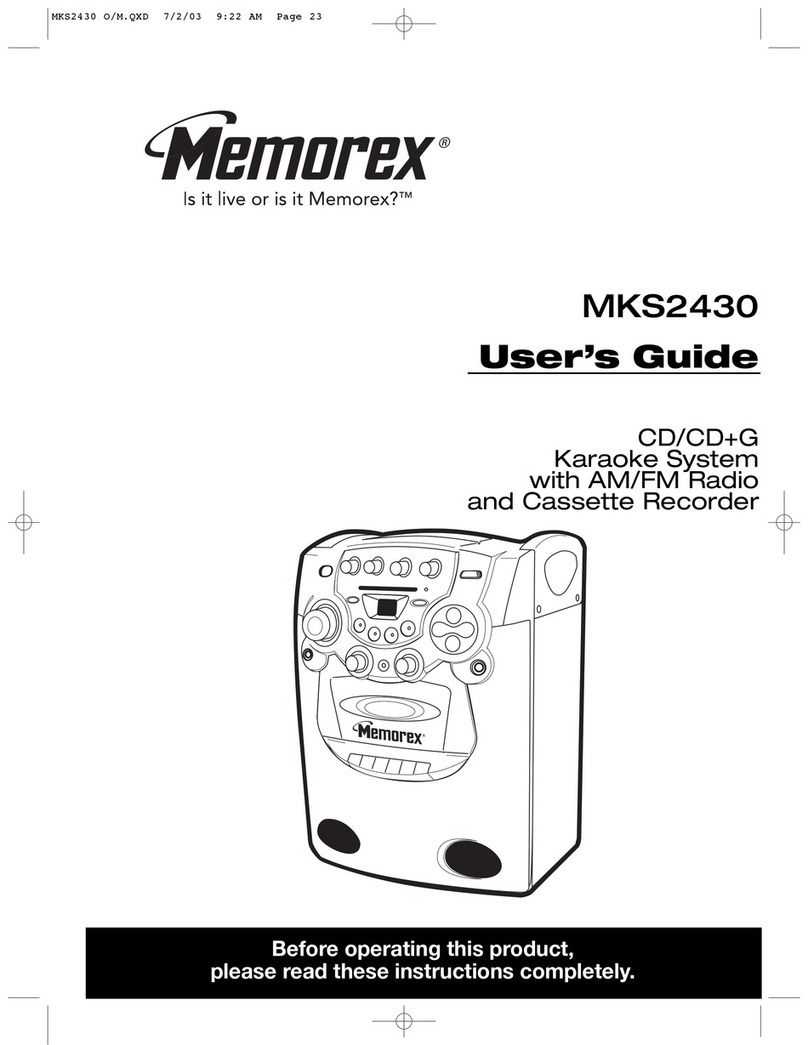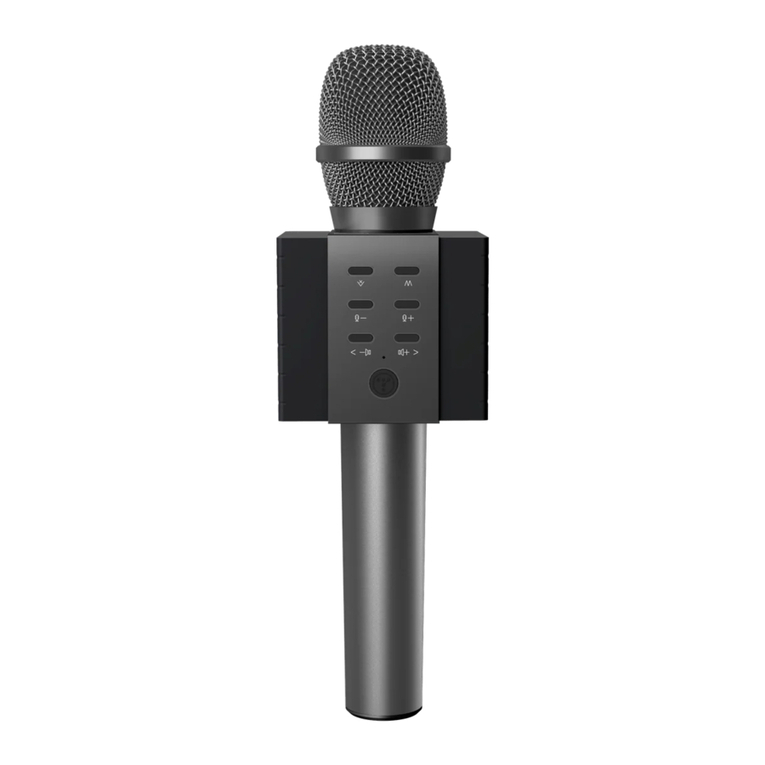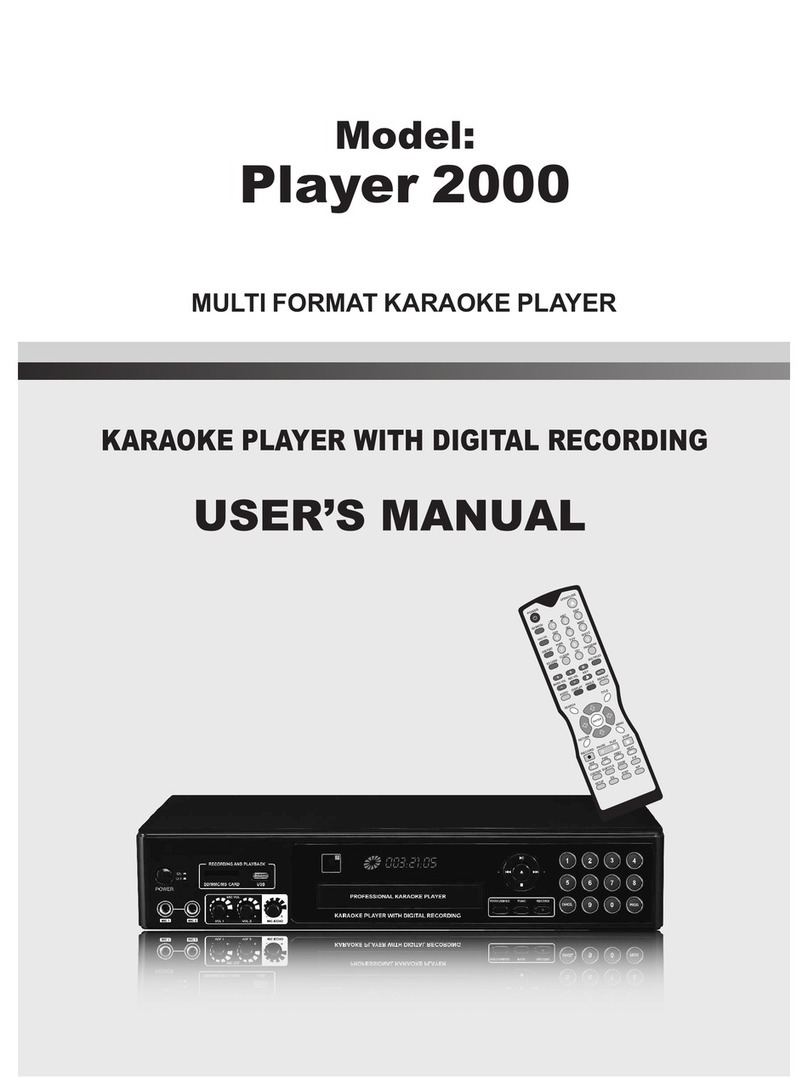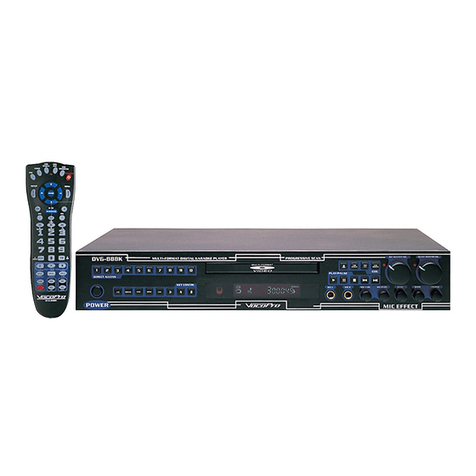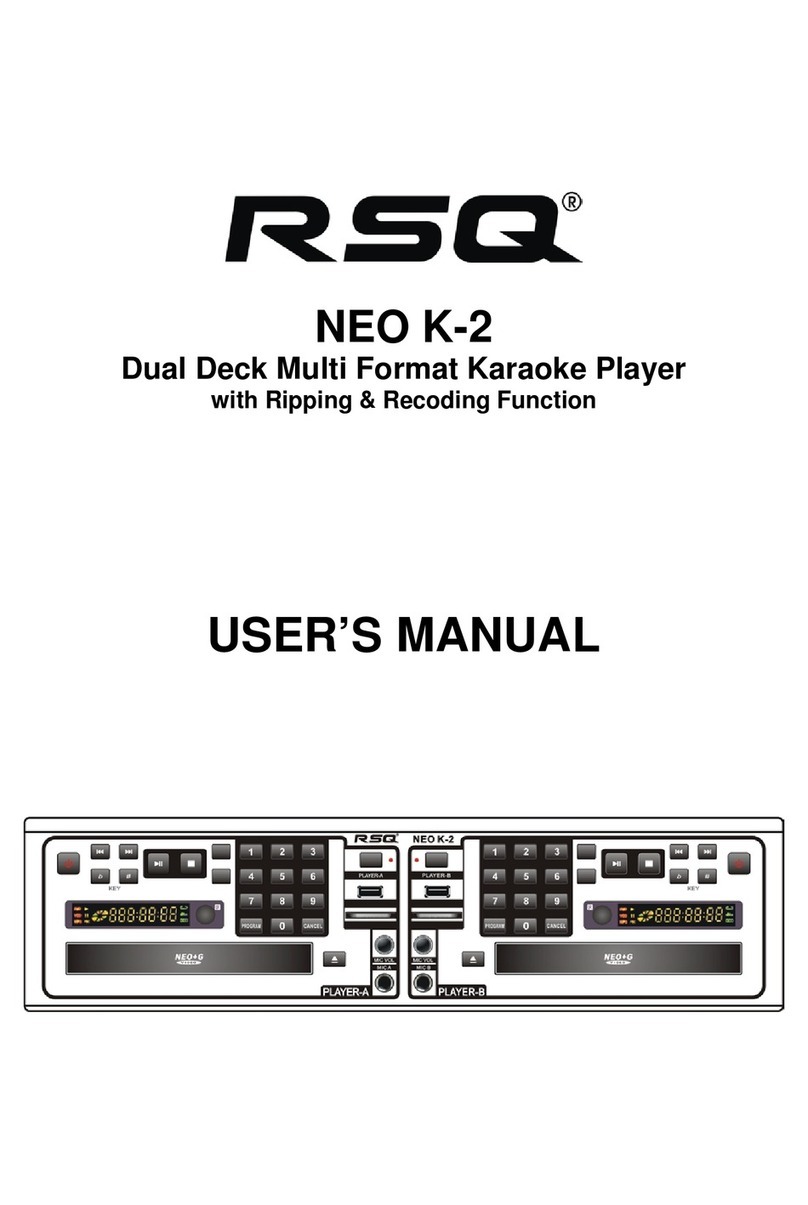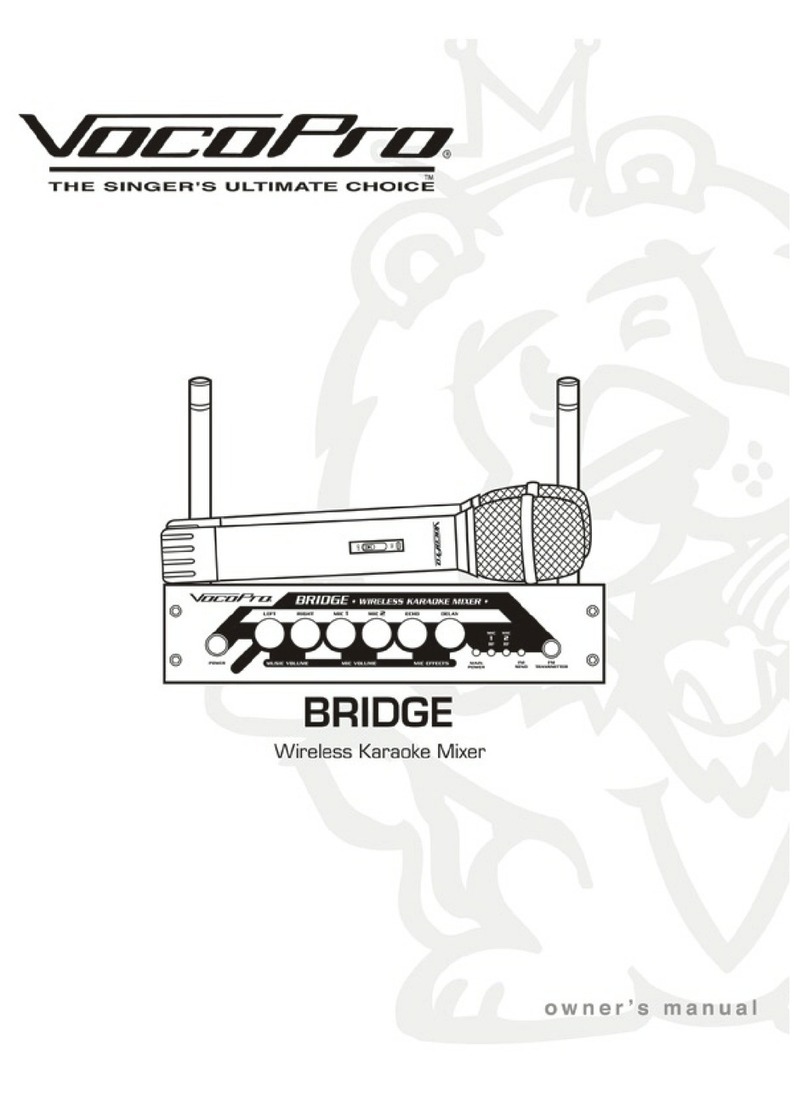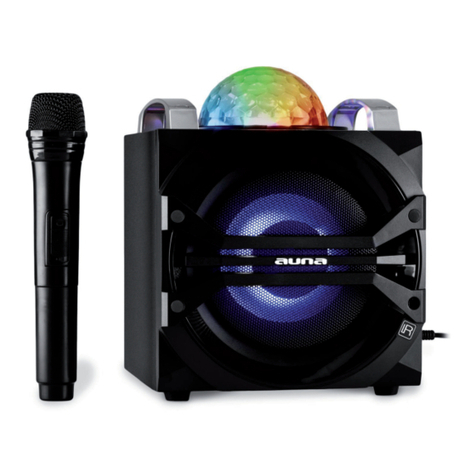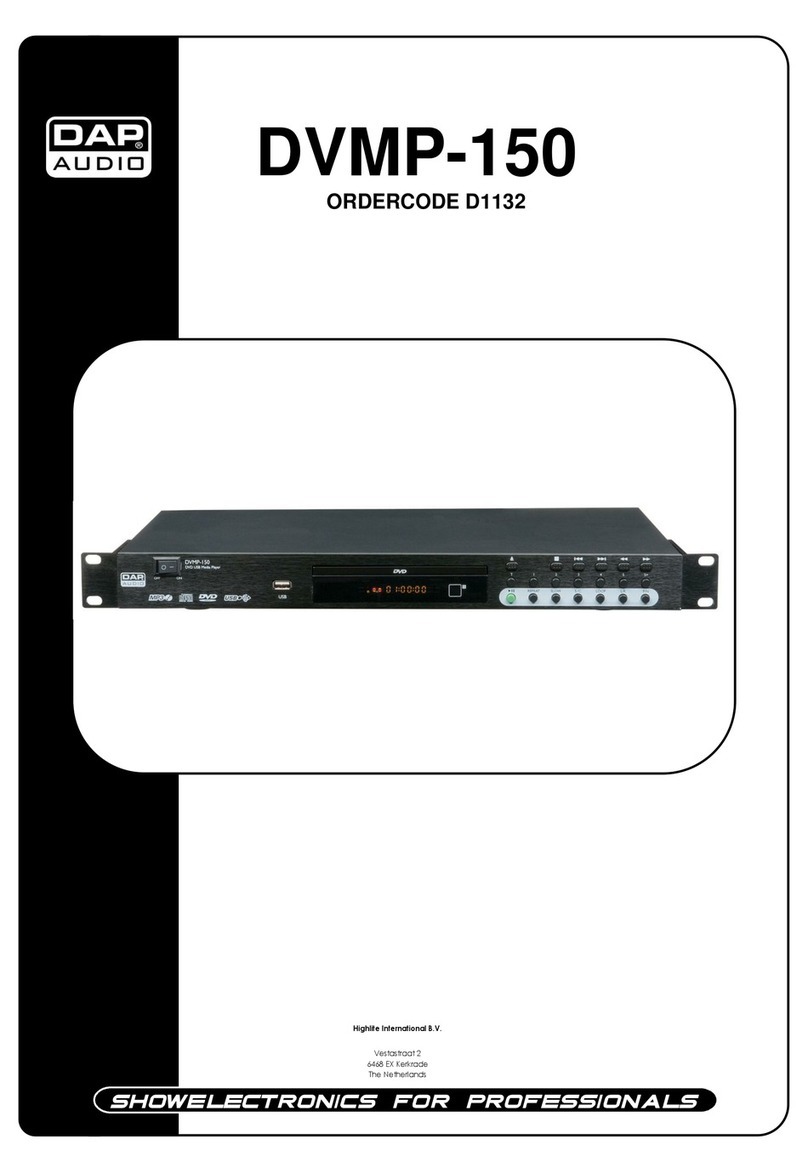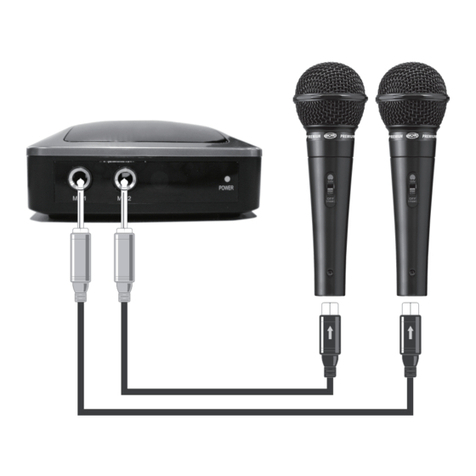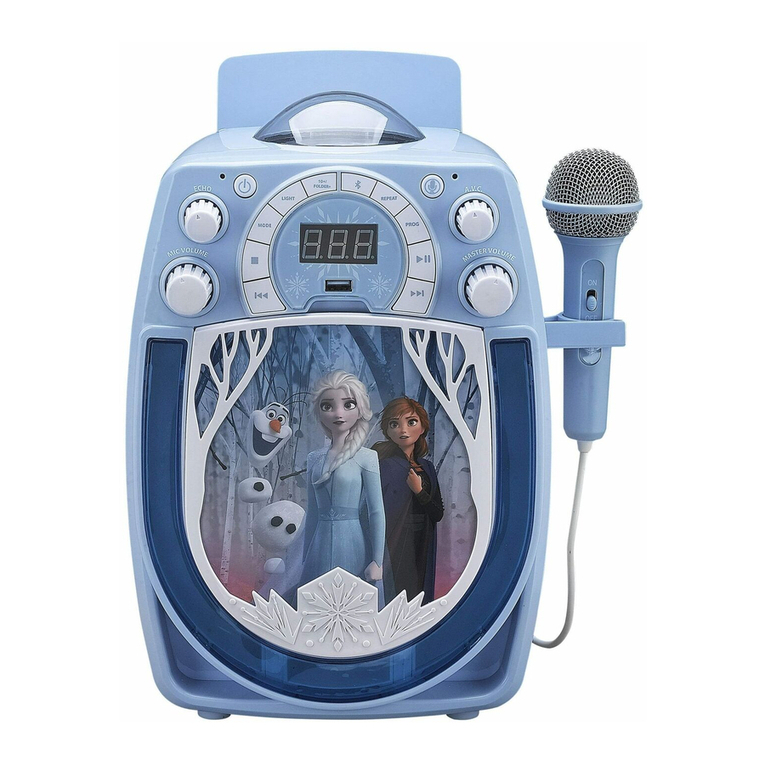IMPORTANT SAFETY INSTRUCTIONS
ANTENNA
LEAD IN
WIRE
ANTENNA
DISCHARGE UNIT
(NEC SECTION 810-20)
GROUNDING CONDUCTORS
(NEC SECTION 810-21)
GROUND CLAMPS
POWER SERVICE GROUNDING
ELECTRODE SYSTEM
(NEC ART 250. PART H)
GROUND
CLAMP
ELECTRIC
SERVICE
EQUIPMENT
NEC-NATIONAL ELECTRICAL CODE
S2898A
13. Power-Cord Protection - Power supply cords should be routed so that they are not likely to be walked on or
pinched by items placed upon or against them, paying particular attention to cords at plugs, convenience
receptacles,andthepointwheretheyexitfromtheproduct.
14. Protective Attachment Plug - The product is equipped with an attachment plug having overload protection.
This is a safety feature. See Instruction Manual for replacement or resetting of protective device. If
replacement of the plug is required, be sure the service technician has used a replacement plug specified by
themanufacturerthathasthesameoverloadprotectionastheoriginalplug.
15. OutdoorAntennaGrounding-Ifanoutsideantennais connected
tothereceiver,besuretheantennasystemisgroundedsoasto
providesomeprotectionagainstvoltagesurgesandbuilt-upstatic
charges.Article810oftheNationalElectricalCode,ANSI/NFPA70,
providesinformationwithregardtopropergroundingofthemast
andsupportingstructure,groundingofthelead-inwiretoan
antenna-dischargeunit,sizeofgroundingconductors,locationof
antenna-dischargeunit,connectiontogroundingelectrodes,and
requirementsforthegroundingElectrode.Seefigure:
16. Lightning - For added protection for this product during a lightning storm, or when it is left unattended and
unusedforlongperiods oftime,unplugitfrom thewalloutletanddisconnect theantennaorcablesystem. This
willpreventdamagetotheproductduetolightningandpower-linesurges.
17. PowerLines-Anoutsideantennasystemshouldnotbelocatedinthevicinityofoverheadpowerlinesorother
electric light or power circuits, or where it can fall into such power lines or circuits. When installing an outside
antenna system, extreme care should be taken to keep from touching such power lines or circuits as contact
withthemmightbefatal.
18. Overloading - Do not overload wall outlets, extension cords, or integral convenience receptacles as this can
resultinariskoffireorelectricshock.
19. Object and Liquid Entry - Never push objects of any kind into this product through openings as they may
touchdangerousvoltagepointsorshort-outpartsthatcouldresultinafireorelectricshock.Neverspillliquidof
anykindontheproduct.
20. Servicing - Do not attempt to service this product yourself as opening or removing covers may expose you to
dangerousvoltageorotherhazards.Referallservicingtoqualifiedservicepersonnel.
21. Damage Requiring Service - Unplug this product from the wall outlet and refer servicing to qualified service
personnelunderthefollowingconditions:
a) Whenthepower-supplycordorplugisdamaged,
b) Ifliquidhasbeenspilled,orobjectshavefallenintotheproduct,
c) Iftheproducthasbeenexposedtorainorwater,
d) If the product does not operate normally by following the operating instructions. Adjust only those
controls that are covered by the operating instructions as an improper adjustment of other controls may
result in damage and will often require extensive work by a qualified technician to restore the product to
itsnormaloperation.
e) Iftheproducthasbeendroppedordamagedinanyway,and
f) Whentheproductexhibitsadistinctchangeinperformance-thisindicatesaneedforservice.
22. Replacement Parts - When replacement parts are required, be sure the service technician has used
replacement parts specified by the manufacturer or have the same characteristics as the original part.
Unauthorizedsubstitutionsmayresultinfire,electricshock,orotherhazards.
23. SafetyCheck-Uponcompletion ofanyserviceorrepairstothisproduct,asktheservicetechniciantoperform
safetycheckstodeterminethattheproductisinproperoperatingcondition.
24. Wall or Ceiling Mounting - The product should be mounted to a wall or ceiling only as recommended by the
manufacturer.
25. Heat - The product should be situated away from heat sources such as radiators, heat registers, stoves, or
otherproducts(includingamplifiers)thatproduceheat.
3
